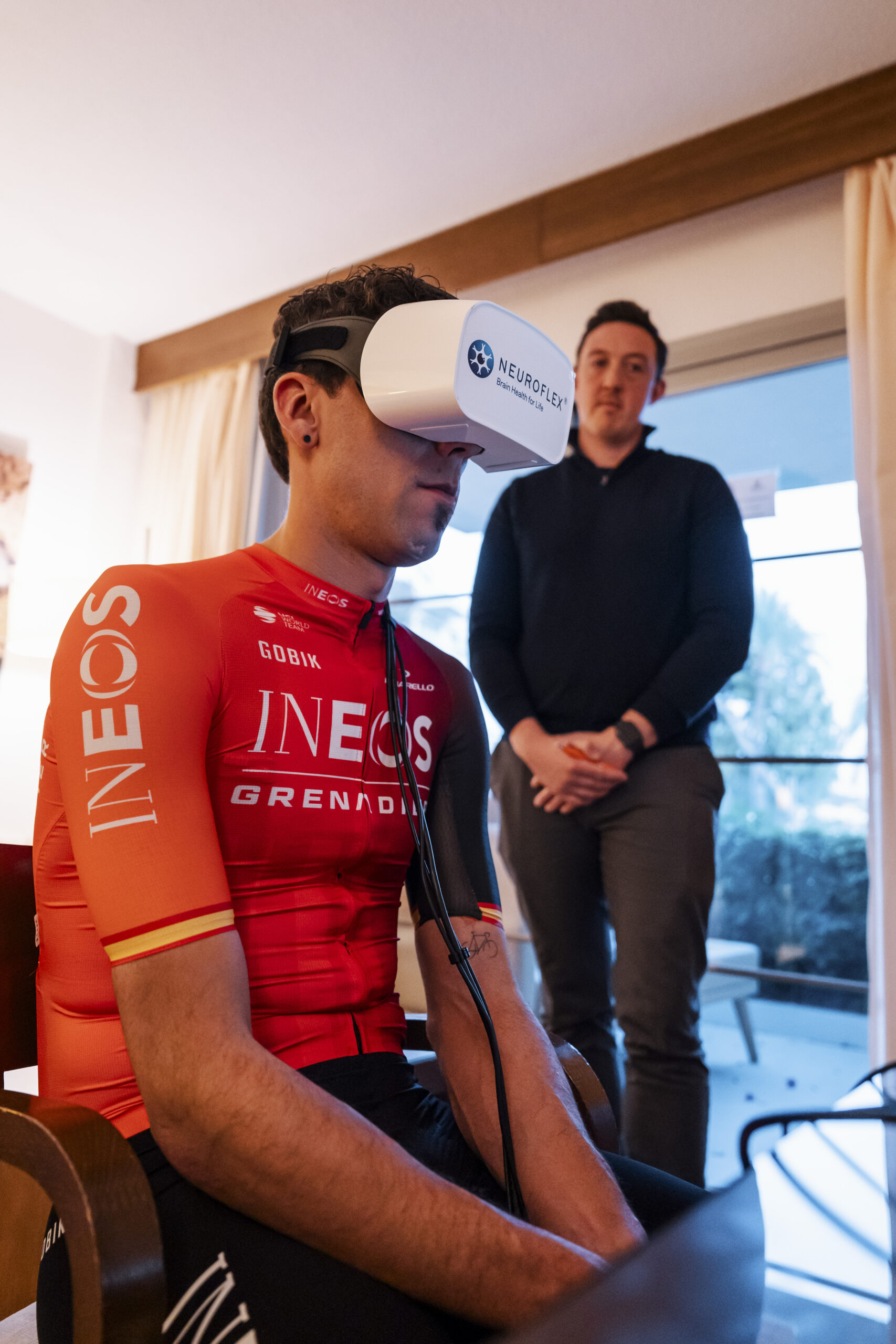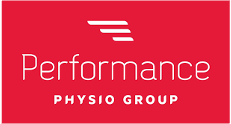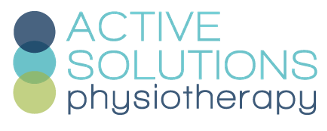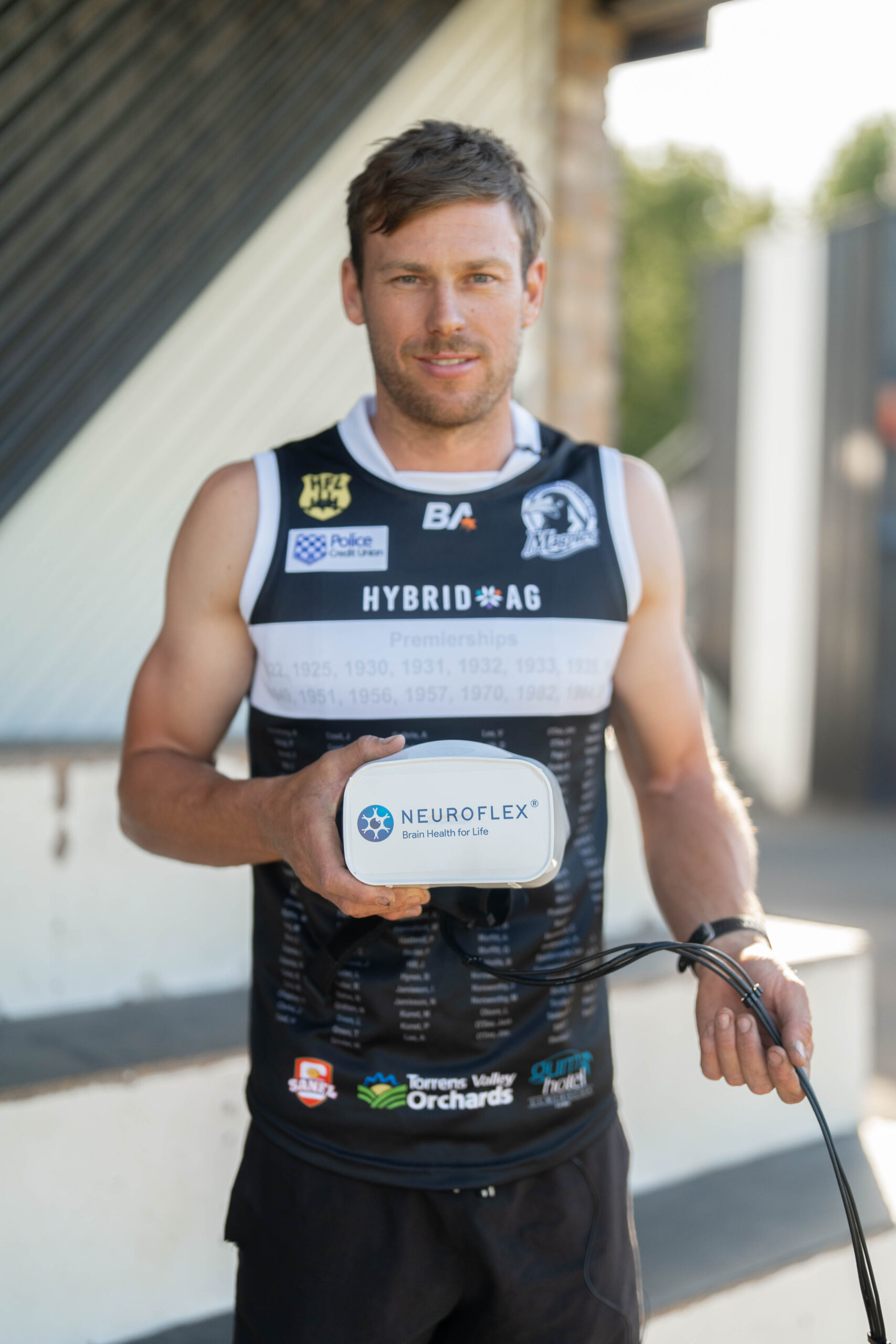
Frequently Asked Questions
If I’m suspected of suffering a concussion but I haven’t undergone baseline testing using the NeuroFlex® platform, can I still be NeuroFlexed®?
Yes, you can still undergo NeuroFlex® testing. We have healthy, normative baseline data, which a health professional can compare your test data to, and provide an assessment.
What happens if a clinician identifies an impairment after my NeuroFlex® testing?
The NeuroFlex® platform has in-built training and rehabilitation exercises that can address impairments which have been identified. The platform provides over 20 interactive exercises that are personalised to the individual’s NeuroFlex® test results. Your doctor will tell you how to use it and what training you should do. The tests can help improve ocular-motor reflexes, and rehabilitation to assist recovery and return to school, work and play, when it is used as per the health professional instructions. Our technology is also utilised by a growing number of clinicians who use the technology as part of a rehabilitation program. Please contact us for further information.
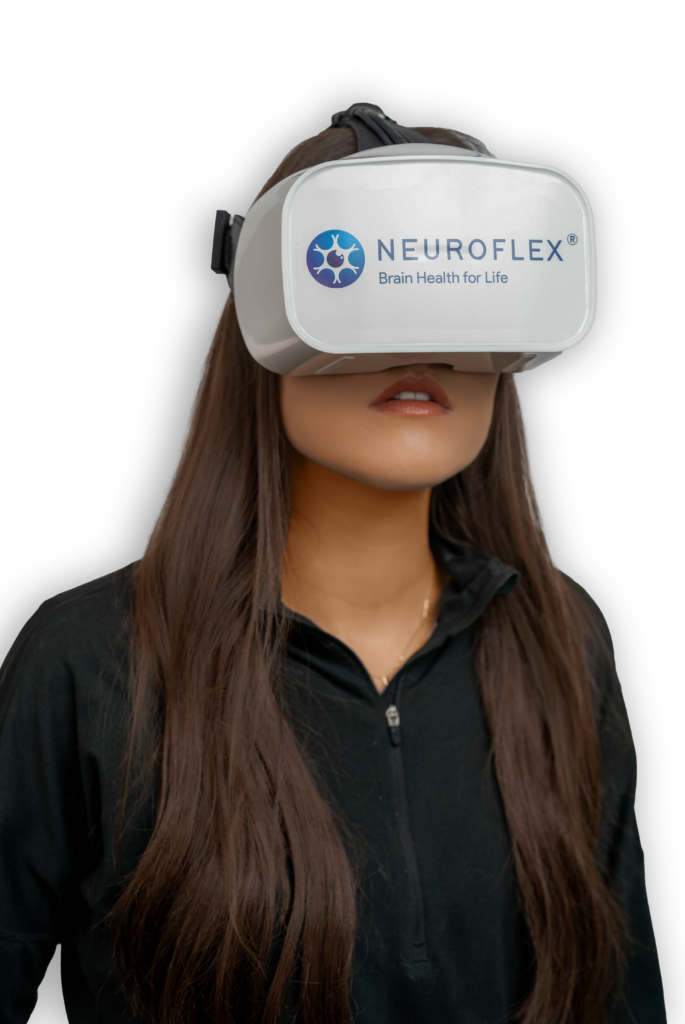
What neurological conditions can affect VOMS performance?
Conditions including concussion/traumatic brain injuries, strokes, dizziness disorders such as Meniere’s disease, migraines, brain tumours, severe sleep deprivation and neurodegenerative conditions can affect VOMS performance.
How long has Vestibular-Ocular Motor Screening assessments been around?
VOMS assessments have been around for over 50 years. The objective measures now provided by NeuroFlex®, traditionally were only able to be performed in specialised laboratories. This made access to objective testing data extremely difficult. Now, NeuroFlex has opened the doors to the general public, providing the ability to undergo objective VOMS assessment in sporting clubs, schools and on the side of sport’s pitches.
Does NeuroFlex® keep patient data longitudinally? And how?
NeuroFlex® keeps longitudinal records of subjects tested. Each person is assigned a unique NeuroFlex® ID number that remains with the person. Tests are stored on cloud servers, meaning results can be tracked over time. All the information collected must be assessed by a health professional, to be interpreated.
Is there an age limit to NeuroFlex?
There is no minimum age. However, to ensure instructions are properly understood and the VR goggles securely fit on the subject’s head, NeuroFlex recommends testing start from 8 years onwards. Essentially, the headset must fit on the subject’s head/face without slipping or moving throughout the duration of the protocols.
Who is able to access my NeuroFlex® data?
The clinicians from the testing clinic, who conducted the baseline screening, are able to access your data. If you are tested from an early age and wish to gain access to your results years later, you can contact the testing clinic for the results. In addition, if your child has been tested, parents and guardians are able to request a copy of the baseline report at the time the baseline was conducted to keep for their own records.
How secure is the online data storage?
NeuroFlex® utilises Amazon Web Server services, which has military grade 256-bit encryption. We can provide documentation around security and compliance with US HIPPA and Aus Privacy Act upon request.
How accurate are the FOVE goggles?
The eye tracking system accuracy is 1.15° (median) as indicated on FOVE’s website: https://fove-inc.com/
Can I use any computer with the NeuroFlex® platform?
To perform the NeuroFlex® testing, you need a specialised gaming laptop that can utilise FOVE VR software. To access results, you can use any computer including a tablet or mobile device.
How are results generated?
The results are analysed on cloud servers, and are available on the web application. The results can be downloaded by trained professional as a PDF file. The online availability of NeuroFlex® also means clinicians don’t have to be present for the testing, as they can access the data remotely.
Do I need to do anything special if getting a NeuroFlex test?
The only thing we ask is that you avoid wearing eye makeup and mascara on the day of testing, as it could impact the eye-tracking technology. We also ask that subjects with long hair wear it down, to ensure the goggles fit properly. The clinicians conducting the test will inform you of any other additional steps required ahead of testing.
